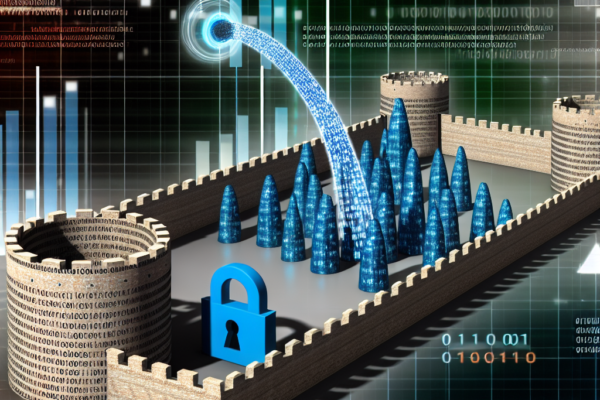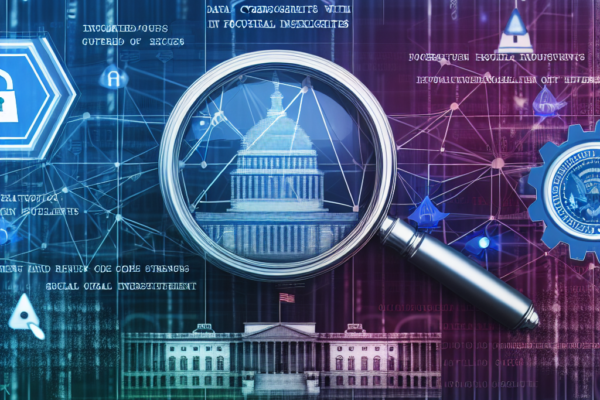
Data-driven cyber: empowering government security with focused insights from data
Recently, the NCSC has been enhancing its strategy for data-driven cyber (DDC). Our objective is to promote the adoption of an evidence-based approach in cyber security decision-making, both in the guidance we provide to external organizations and in our internal security measures. We recognize that enterprise cyber security is becoming more intricate, leading many teams…









